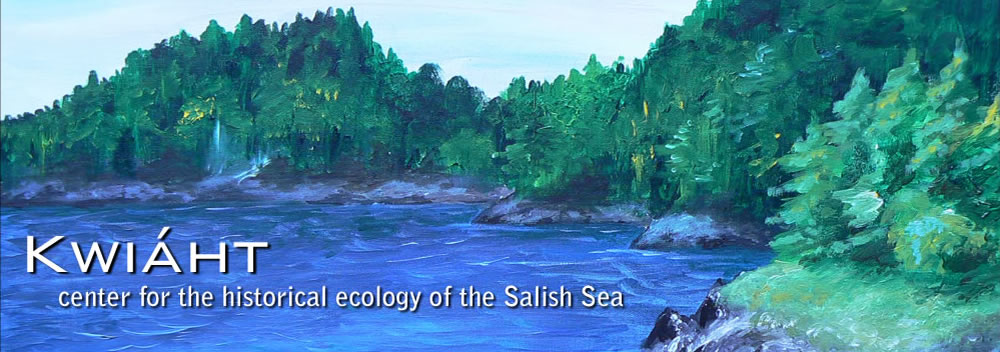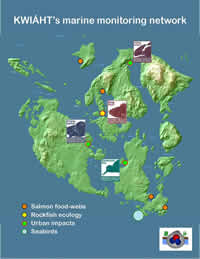Focus on Food Webs:
Plankton and Forage Fish
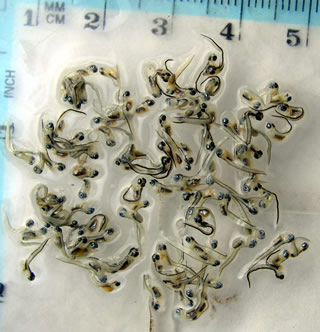
President Channel ichthyoplankton
All of the programs of the San Juan Islands Marine Monitoring Network have plankton-monitoring teams; the oldest one has been documenting plankton assemblages year-round in Cowlitz Bay since 2006. They differ in oceanographic settings and focus, however. In Eastsound and Fisherman Bay, the focus has been harmful algal blooms. Our Community Salmon Teams have focused on zooplankton prey of salmon and forage fish. In 2012, we began harmonizing plankton collection throughout the Network to ensure that some basic biomass and species data are standardized and comparable across monitoring sites. Next, we designed special sampling gear to address a "missing link" in Salish Sea plankton data sets: larval fish (ichthyoplankton), which we have periodically observed in large numbers in mid-winter experimental trawls over deep waters between the islands. Complementing these new larval fish data, we have begun sampling the gut contents of Pacific Sandlance and Pacific Herring collected in nearshore seines and spawning areas.
At the same time, we are integrating genotyping data from Pacific Sandlance and Herring including fish collected at spawning areas, and from the gut contents of juvenile salmon, to determine how many functional populations of these prey fish exist, their phenologies, and their habitat associations.
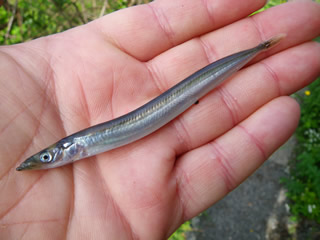
Pacific Sandlance
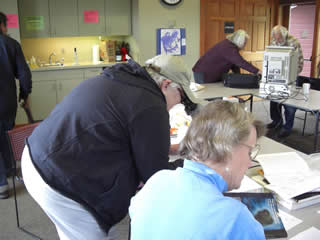
Citizen scientists counting plankton
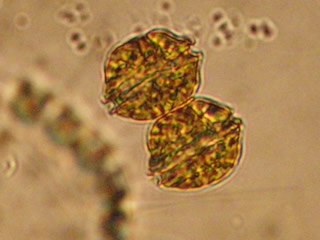
Alexandrium twins
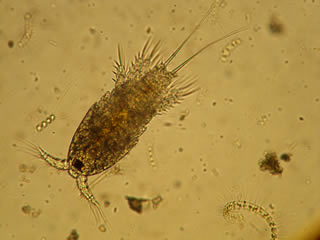
Cyclopoid copepod
